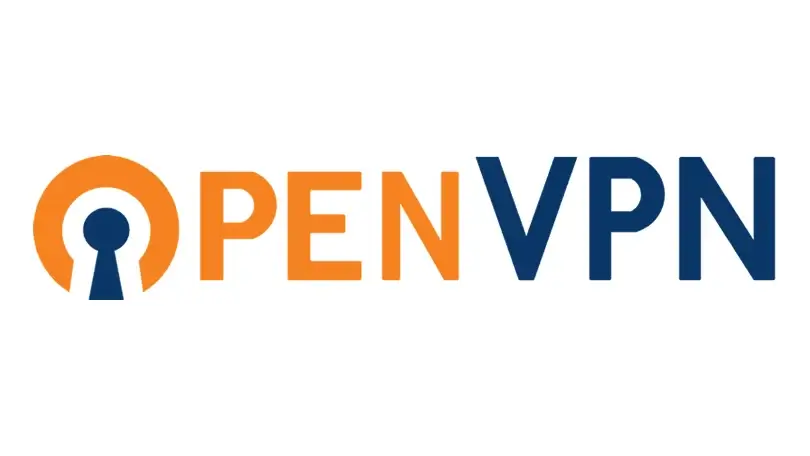
OpenVPN is an open-source protocol used for creating secure virtual private networks (VPNs) over the internet. It is designed to provide strong encryption, authentication and privacy by establishing point-to-point or site-to-site connections between machines.
OpenVPN was first released in 2002, and its development continues to be supported by OpenVPN technologies. The protocol was invented by James Yonan as an alternative to existing VPN protocols like IPSec, which could be difficult to configure and maintain.
One of the benefits of OpenVPN is its flexibility and compatibility with many operating systems, including Windows, macOS, and Linux. Additionally, it offers a range of encryption algorithms to allow for secure transmission of data over the internet.
OpenVPN is generally considered a highly secure and reliable VPN protocol that can provide strong encryption and privacy protections. However, the security of any VPN service also depends on factors such as the strength of encryption keys used, security policies and access controls, and the security of the client devices and servers involved.
In the case of a political dissident or whistleblower who faces surveillance or censorship by powerful actors, additional measures may be necessary to ensure the highest level of security and privacy for their communications. This could include using other security tools such as Tor or Signal, choosing a reputable VPN provider with a strong privacy policy, setting up additional security controls like two-factor authentication, and taking adequate precautions to secure both the client and server devices.
It’s also important to note that VPNs are not foolproof, and sophisticated attackers may still be able to breach their security. Therefore, it’s crucial for individuals in high-risk situations to exercise caution and remain vigilant about potential threats.
Strengths of OpenVPN:
- Security: OpenVPN uses SSL/TLS for encryption, which provides strong security for the VPN connection. It also supports a wide range of authentication methods, including certificates and pre-shared keys, which can be configured to meet the security needs of different environments.
- Compatibility: OpenVPN is compatible with a wide range of platforms and devices, including Linux, macOS, Windows, Android, and iOS. It also has support for various tunneling protocols, such as TCP and UDP, which makes it flexible and adaptable to different network environments.
- Customizability: OpenVPN is highly configurable, which makes it easy to tailor the VPN connection to meet the needs of different environments and use cases. It has a wide range of options and features that can be enabled or disabled as needed.
Weaknesses of OpenVPN:
- Performance: OpenVPN can be slower than some other VPN protocols, particularly when implemented in software. This can be a concern for applications that require high performance, such as streaming video or online gaming.
- Complexity: OpenVPN has a more complex configuration and setup process than some other VPN protocols, which can make it more difficult to use and maintain. It also has a larger codebase, which can make it more difficult to audit for security vulnerabilities.
Encryption
By default, OpenVPN uses the AES (Advanced Encryption Standard) algorithm in cipher block chaining (CBC) mode with a 128-bit key for data encryption. However, OpenVPN also supports other encryption algorithms, such as Blowfish, CAST-128, and 3DES, which can be specified in the configuration file.
In addition to data encryption, OpenVPN also uses digital certificates and public key infrastructure (PKI) for authentication and key exchange. This ensures that only authorized clients and servers can establish a VPN connection and exchange data securely.
Summary
Overall, while OpenVPN has a number of strengths, including strong security and compatibility, it can be slower and more complex to use than some other VPN protocols. The most suitable VPN protocol for a given use case will depend on a number of factors, including the level of security required, the performance needs of the application, and the available resources and infrastructure.
